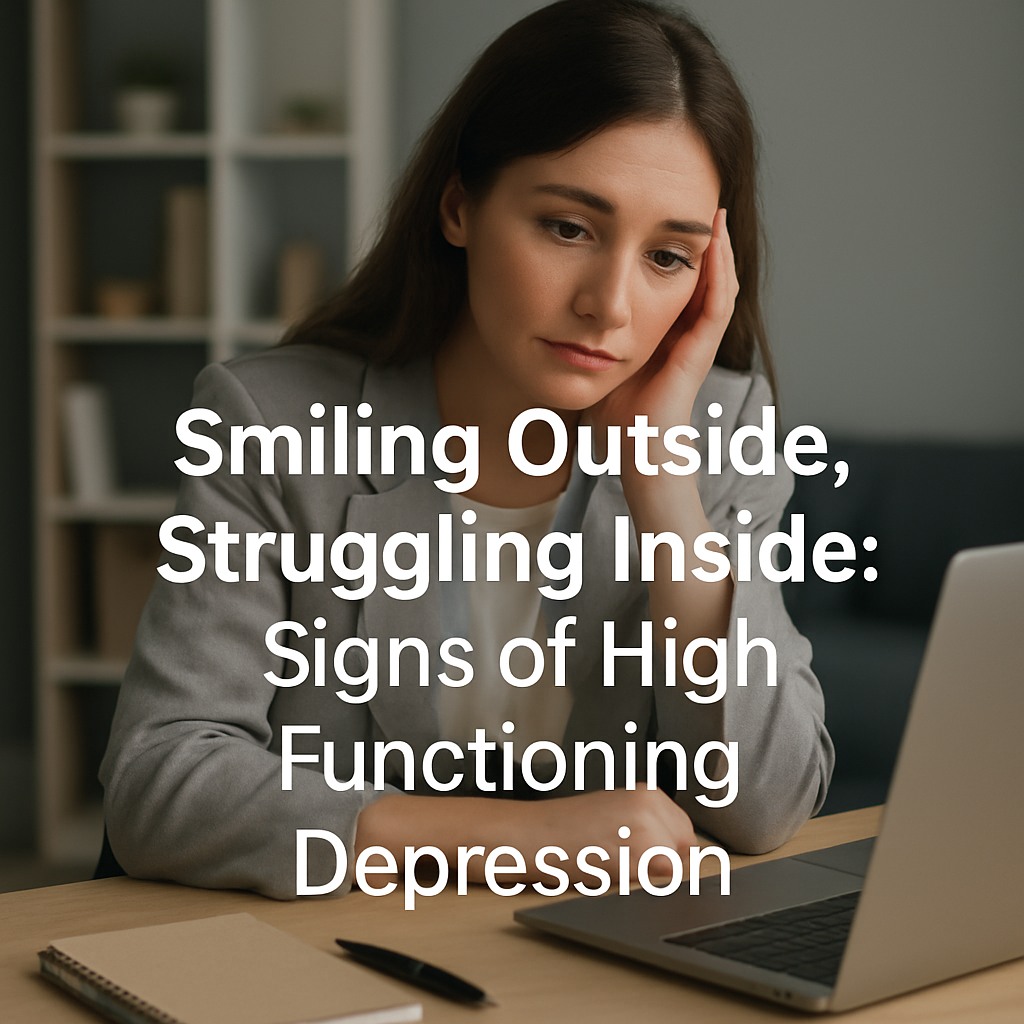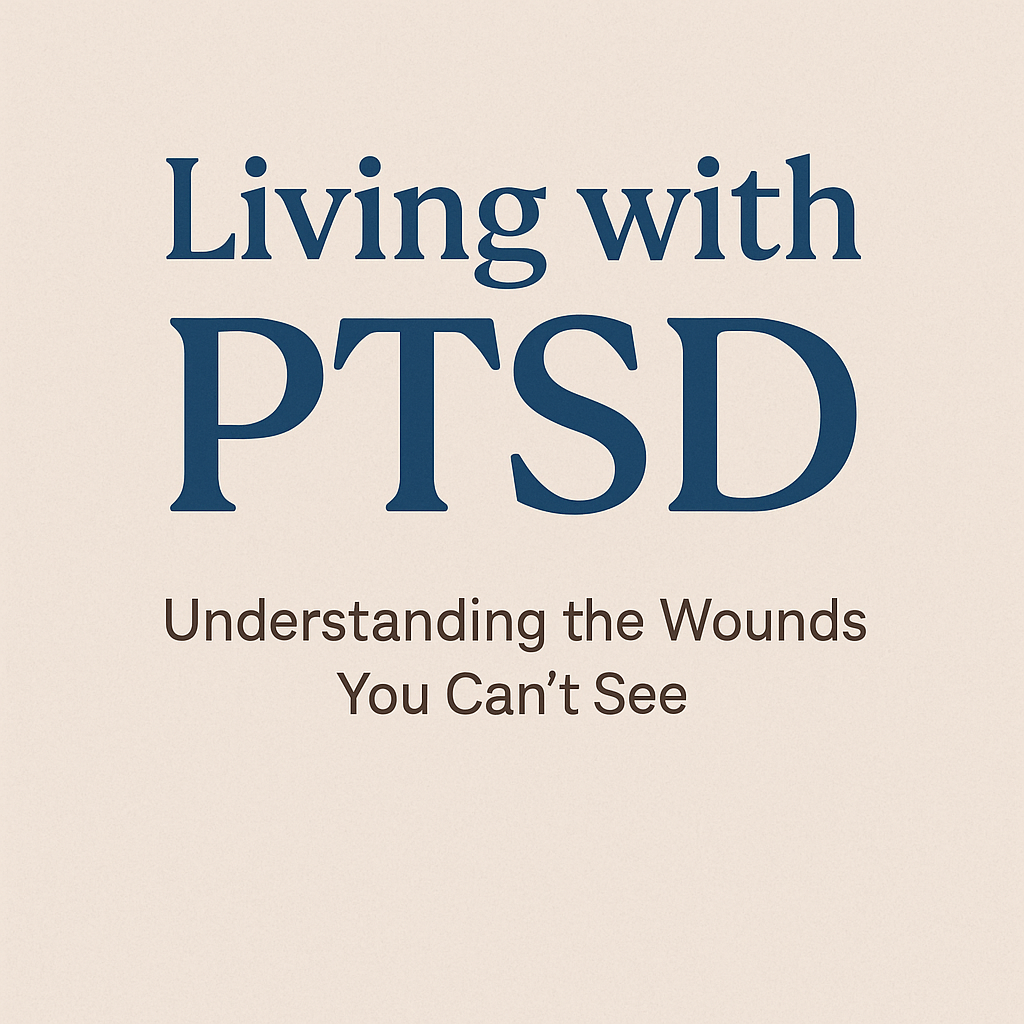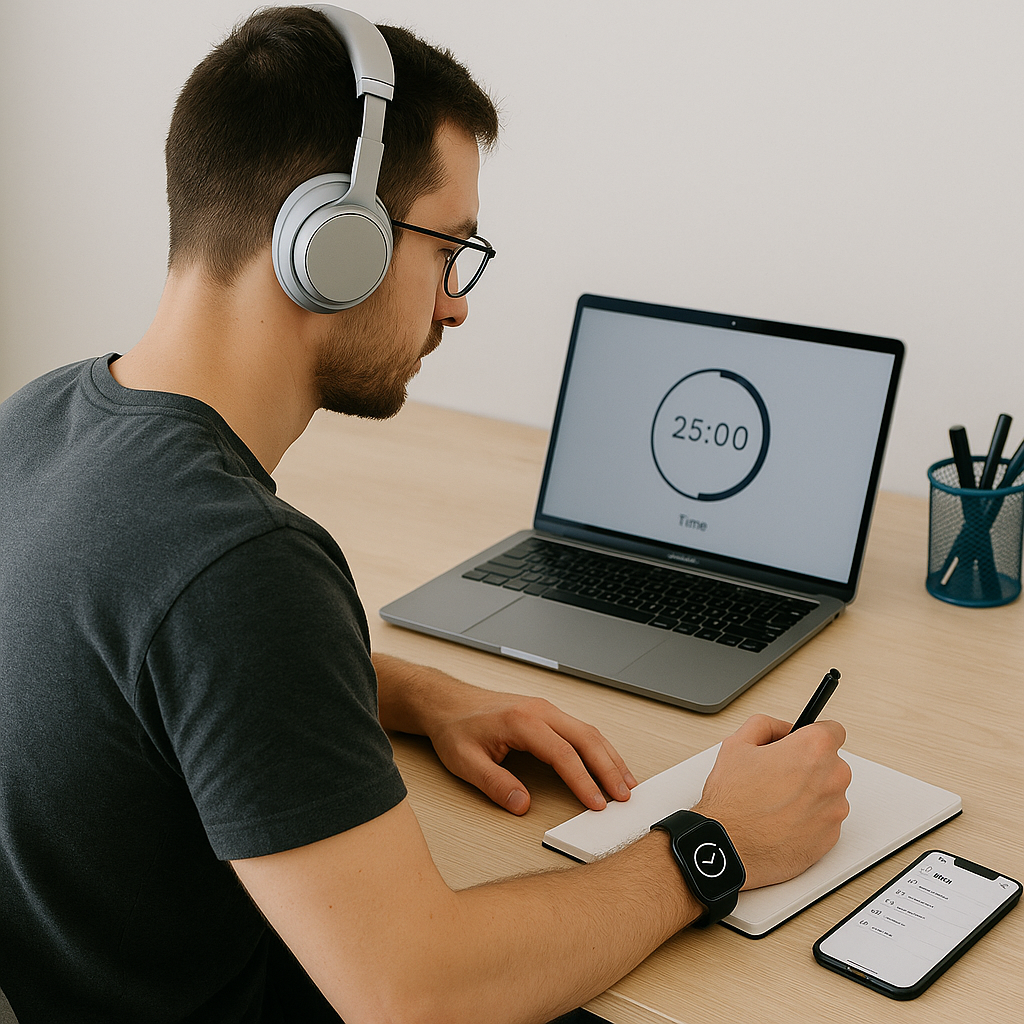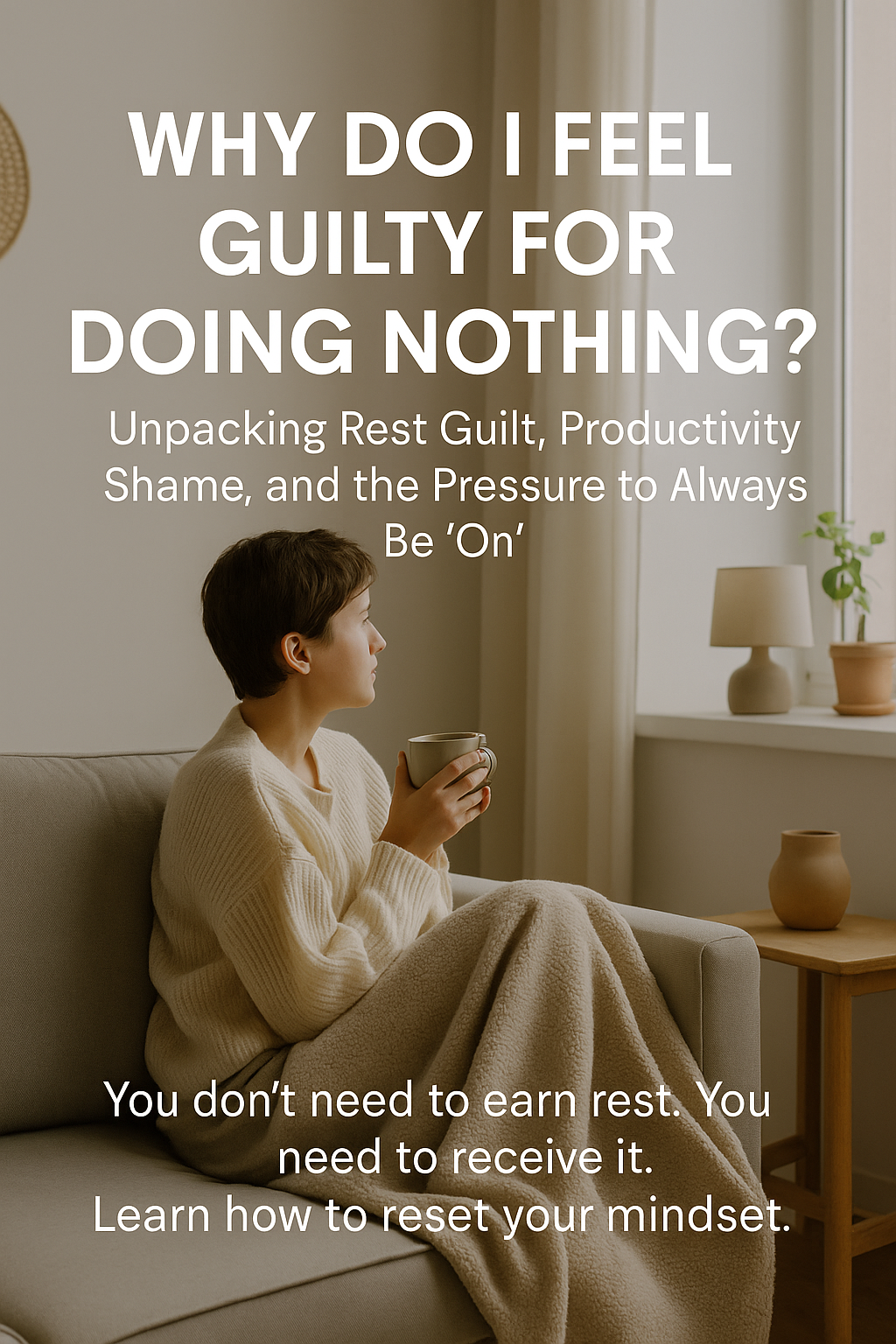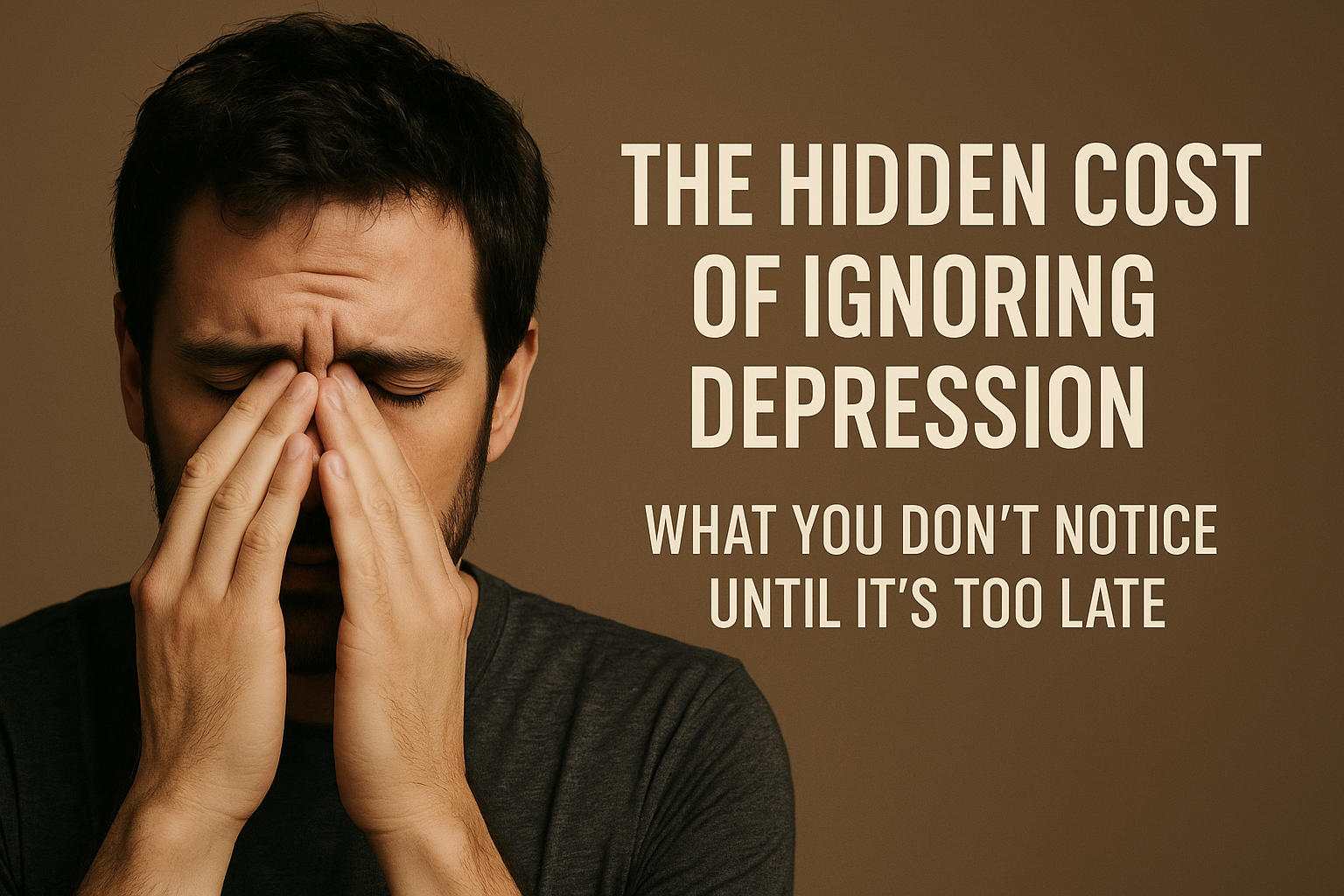By DTDF Essentials — Real Talk, Real Tools, Real Support
“You Seem So Put-Together…”
It’s the compliment that cuts deep.
You’re showing up. Working. Posting. Smiling.
But inside, you feel like you’re moving through fog exhausted, numb, and disconnected.
That’s not “just a rough patch.” It could be high-functioning depression the kind that hides behind achievements and to-do lists.
As a mental health nurse, I’ve seen countless people silently battling this exact version of depression. Let’s talk about what it really looks like and how to start healing without losing yourself.
What Is High-Functioning Depression?
“High-functioning depression” isn’t a clinical diagnosis, but it’s a very real experience.
It refers to people who appear to be doing fine sometimes even excelling while internally struggling with persistent sadness, emptiness, or mental fatigue.
It’s not about how bad it looks on the outside. It’s about how heavy it feels on the inside.
Signs You Might Be Living With High-Functioning Depression
1. You’re always busy but nothing feels fulfilling
You tick every box but feel emotionally empty afterward.
2. You’re exhausted, even after sleep
Not just tired deeply drained, mentally and physically.
3. You keep people laughing to avoid opening up
Humour becomes armour. Vulnerability feels like weakness.
4. You feel guilty for feeling low
“You have a job, a home, people who love you… you shouldn’t be sad.”
5. You never really rest
Rest makes you anxious. Productivity feels safer.
6. You cancel plans or go, and feel numb
You show up, smile, make small talk… and go home feeling nothing.
7. You overcompensate by caring for everyone else
You become the strong friend. The fixer. The listener. While inside, you’re breaking.
What High-Functioning Depression Is Not
-
Laziness
-
Attention-seeking
-
A lack of gratitude
-
Weakness
-
Something you can “snap out of”
What Can Help (Even a Little)
1. Digital Journaling
Apps like Moodnotes or DTDF’s Digital Gratitude Journal help you untangle emotions and track patterns you’ve been ignoring.
2. Micro-Rest, Not Total Shutdown
Instead of disappearing for days, try intentional 10-minute breaks: deep breathing, a walk, or silent sitting guided by apps like Insight Timer.
3. Wearables to Reground
Biofeedback tools like Apollo Neuro or Sensate help calm your nervous system especially when you can’t talk about what’s wrong.
4. Therapy Apps
When talking feels hard, try text-first support with BetterHelp or Talkspace to ease in at your pace.
Final Words from DTDF Essentials
Just because you’re functioning doesn’t mean you’re fine.
Just because you smile doesn’t mean you don’t need help.
You deserve rest that heals not just sleep.
Joy that lasts not just performance.
And support that understands not just surface-level check-ins.
You are not alone in this quiet struggle.
Start by naming it. Then… take one small step. One breath. One break. You’re worth it.
Bonus Download: “Am I Functioning or Just Numbing? — Self-Check Guide”
A gentle checklist for quiet strugglers who look fine but don’t feel okay.

